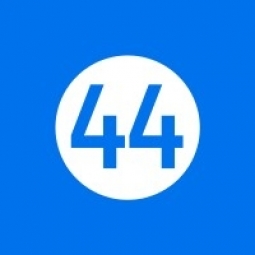project44

Overview
|
HQ Location
United States
|
Year Founded
2014
|
Company Type
Private
|
Revenue
$100m-1b
|
|
Employees
201 - 1,000
|
Website
|
Twitter Handle
|
Company Description
As the supply chain connective tissue, project44 operates the world’s most trusted end-to-end visibility platform that manages more than 1 billion unique shipments annually for over 1,300 of the world’s leading brands, including top companies in manufacturing, automotive, retail, life sciences, food & beverage, CPG, and oil, chemical & gas.

Supplier missing?
Start adding your own!
Register with your work email and create a new supplier profile for your business.
Case Studies.
Case Study
Mondiale VGL: Leveraging IoT for Proactive Response to Supply Chain Disruptions
Mondiale VGL, the largest privately-owned international freight forwarding and logistics company in Australasia, was facing a significant challenge in maintaining visibility and control over its vast supply chain. The company, which handles over 500,000 containers and 25 million kilograms of air freight per annum, was struggling to provide its customers with real-time information about their cargo. The traditional method of manually checking ship and container status was not only time-consuming and inconsistent, but also impractical given the volume of cargo the company handles. Furthermore, the company operates in an environment where teams do not have the time for unnecessary phone calls or emails, making it crucial to rely on automated workflows, exception management, and predictive analytics to keep its customers informed.
Case Study
Real-Time Visibility Enhances Customer Experience for AFS Logistics
AFS Logistics, a third-party logistics company based in Shreveport, La., was faced with the challenge of tracking all shipments for its shipper customers. The company needed a technology partner that could provide visibility of shipments in transit. The solution had to offer document retrieval, electronic bill of ladings (eBOLs), and in-transit visibility of shipments. The company also required a solution that could provide one-to-many connections between shippers and carriers. The challenge was further compounded by the need for a solution that could automate redundant and laborious tasks, including shipment order recognition, quoting, booking, dispatching, tracking, document retrieval, and shipment reporting.





